White-Hat SEO Techniques prioritize ethical, long-term strategies to improve online visibility and search rankings. These include keyword research for high-volume, low-competition terms, creating valuable content, optimizing website structure, and building quality backlinks through guest blogging and collaborations. On-Page Optimization focuses on user experience with fast loading times, mobile responsiveness, and engaging content. Building reputable backlinks from influential sources signals to search engines that a site is trustworthy. Technical optimization, such as headings, meta tags, HTTPS, and XML sitemaps, enhances accessibility. Regular KPI analysis guides strategic decisions, allowing for continuous optimization based on data insights.
In the competitive digital landscape, Organic SEO Techniques are vital for long-term success. This comprehensive guide delves into the ethical strategies that form the backbone of White-Hat SEO, ensuring sustainable growth. From understanding the fundamentals of keyword research and on-page optimization to building quality backlinks and addressing technical SEO considerations, each section offers actionable insights. By measuring and analyzing results, businesses can continuously improve their search engine rankings and attract organic traffic. Embrace these white-hat techniques for ethical, effective, and lasting online visibility.
Understanding White-Hat SEO: Ethical Strategies for Long-Term Success

White-Hat SEO refers to a set of ethical strategies that focus on delivering value to users and improving search engine rankings over time. These techniques prioritize long-term success and sustainability, as opposed to quick fixes or shortcut methods. By understanding user intent and creating content that satisfies this intent, white-hat practices ensure that websites provide relevant information in a way that resonates with both search engines and audiences.
This approach involves several key strategies, such as conducting keyword research to understand what users are searching for, creating high-quality content that addresses these queries, and optimizing website structure for better navigation and crawlability. White-Hat SEO also encourages building quality backlinks through legitimate means like guest blogging, collaborations, and earning media coverage. These practices not only enhance a site’s visibility in search results but also contribute to its overall health and resilience against algorithm updates.
Keyword Research: Finding the Right Terms for Organic Growth
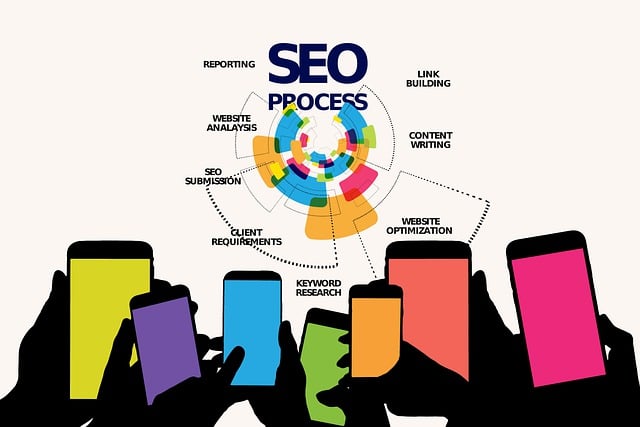
Keyword research is a cornerstone of successful Organic SEO Techniques, and it’s where the foundation for your online visibility is laid. It involves identifying the terms and phrases that potential customers use when searching for products or services similar to yours. The goal is to find a balance between high search volume and low competition to secure rankings without resorting to Black-Hat SEO tactics.
White-Hat SEO Techniques prioritize long-tail keywords, which are more specific and less competitive. These keywords often reflect user intent better and can lead to higher conversion rates. By combining thorough keyword research with well-crafted content optimized for these terms, businesses can attract the right audience organically, fostering growth without cutting corners or engaging in unethical practices.
On-Page Optimization: Crafting High-Quality Content and Enhancing User Experience
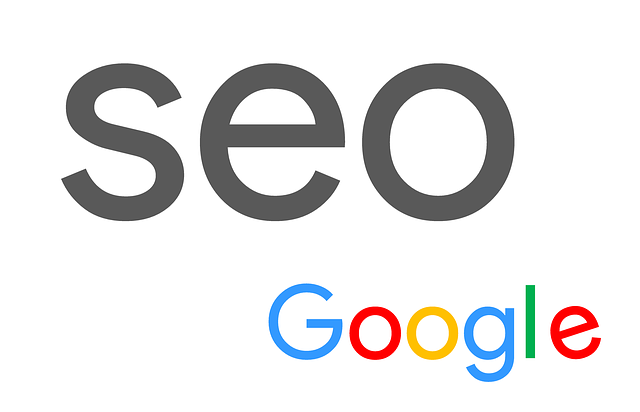
On-Page Optimization is a cornerstone of successful Organic SEO, focusing on crafting high-quality content and enhancing user experience. It involves optimizing individual web pages to rank higher in search engine results, ensuring that your site offers valuable and relevant information that meets users’ intent. High-quality content goes beyond keywords; it’s about providing insightful, engaging, and unique material that captures the essence of a topic. This includes well-researched articles, comprehensive guides, and multimedia elements like images and videos that cater to diverse learning styles.
By focusing on user experience, you make your website more inviting and accessible. This means ensuring fast loading times, mobile responsiveness, easy navigation, and clear call-to-actions. These factors not only improve user satisfaction but also encourage longer browsing sessions and lower bounce rates, signaling to search engines that your site is a valuable resource. Adopting White-Hat SEO Techniques in on-page optimization ensures that your strategies are ethical, sustainable, and aligned with search engine guidelines, ultimately driving long-term success in organic search rankings.
Building Quality Backlinks: Earning Trust and Authority from Reputable Sources
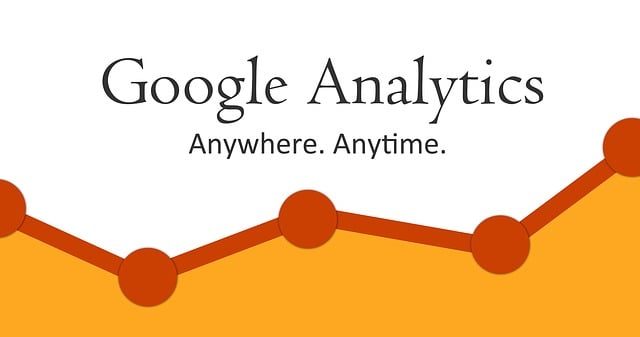
Building quality backlinks is a cornerstone of successful Organic SEO. It involves acquiring high-quality, relevant links from reputable websites, which signals to search engines that your content is valuable and trustworthy. Unlike Black-Hat SEO practices that prioritize quantity over quality and can lead to penalties, White-Hat SEO Techniques focus on earning these links organically through meaningful collaborations and exceptional content creation.
Engaging with influential bloggers in your niche, contributing guest posts to well-regarded industry publications, and creating resources that naturally attract backlinks are all part of this strategy. The goal is not only to gain links but also to build relationships and establish yourself as a thought leader in your field. This approach fosters long-term trust and authority, which are key factors in improving your site’s search engine rankings over time.
Technical SEO Considerations: Ensuring Your Website is Search Engine Friendly
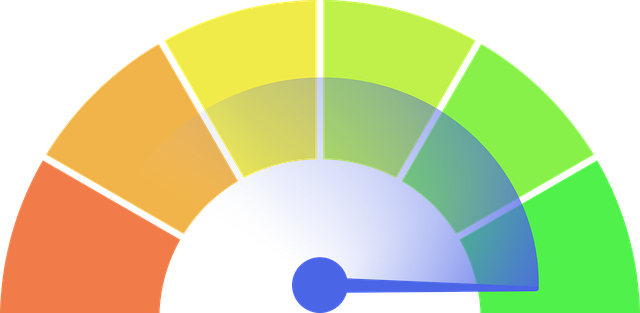
When implementing Organic SEO techniques, it’s crucial to lay a solid technical foundation for your website. Technical SEO considerations are essential White-Hat SEO practices that optimize your site’s structure and performance, making it more search engine friendly. This involves ensuring fast loading speeds, mobile responsiveness, and proper use of headings and meta tags. A well-structured site with clean code helps search engines crawl and index your pages efficiently, enhancing visibility and rankings over time.
Additionally, secure connections (HTTPS) and XML sitemaps play significant roles in improving accessibility. HTTPS safeguards user data, demonstrating trustworthiness to search engines, while XML sitemaps provide a clear map of your site’s content, aiding search engine bots in discovering and understanding your web pages. Regularly auditing these aspects can significantly impact your SEO strategy, ensuring your website is not only content-rich but also technically optimized for better search rankings.
Measuring and Analyzing Results: Tracking KPIs for Continuous Improvement
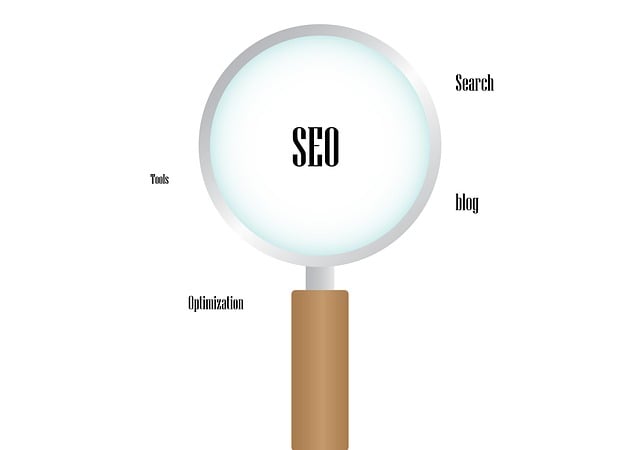
Measuring and analyzing results is an integral part of any successful Organic SEO strategy, especially when employing White-Hat SEO techniques. By tracking key performance indicators (KPIs), marketers can gain valuable insights into what’s working and what needs adjustment. This data-driven approach enables continuous improvement and ensures that SEO efforts align with the desired goals. Regular monitoring helps identify trends, such as increases in organic traffic, improved search rankings, or higher conversion rates, allowing for strategic decisions to be made based on actual outcomes.
Effective analysis involves examining not only overall metrics but also breaking down data by specific campaigns, keywords, and user behavior. Tools like Google Analytics play a crucial role here, providing detailed reports on website performance, user engagement, and sources of traffic. With this information, SEO specialists can optimize content, refine targeting strategies, and create more effective content marketing plans. This iterative process is essential for staying ahead in the dynamic world of search engine optimization.
